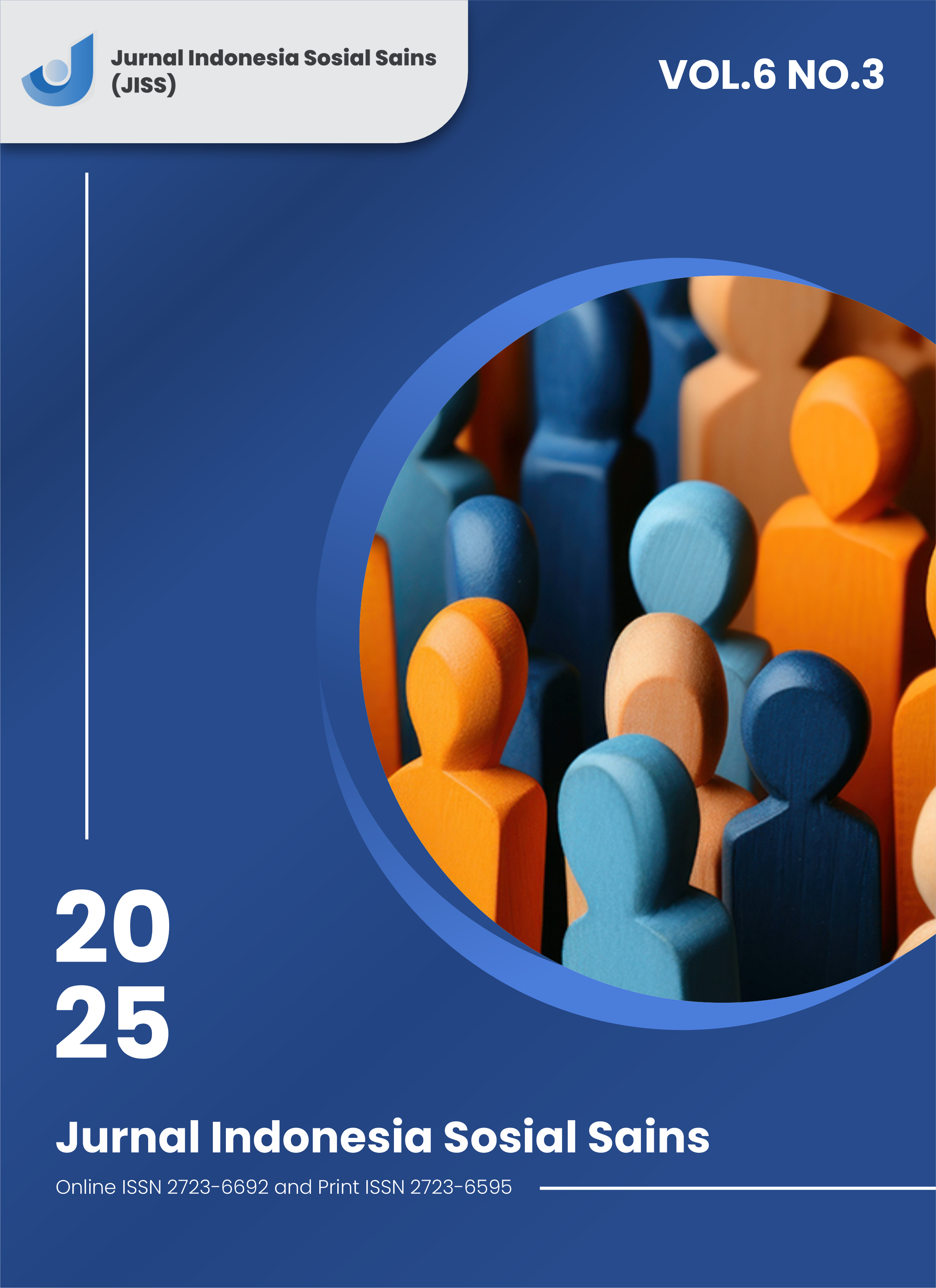Analysis of Abuse of Dominant Position through Secret Agreements by PT. Forisa Nusapersada
DOI:
https://doi.org/10.59141/jiss.v6i3.1651Keywords:
Competition Law, Monopolistic Activities, Dominant Position, Exclusive AgreementAbstract
The regulation in Law Number 5 Year 1999 on the Prohibition of Monopolistic Practices and Unfair Business Competition broadly addresses prohibited agreements, activities, and dominant positions. This study uses a normative juridical research method with the aim of analyzing the closed agreements made by PT Forisa Nusapersada based on Law No. 5 of 1999, Commission Regulation No. 3 of 2009, and Commission Regulation No. 6 of 2010. The research specifically focuses on the abuse of the dominant position through the "Pop Ice The Real Ice Blender" program, which is alleged to have limited market competition and harmed consumer choice. The findings indicate that PT Forisa Nusapersada’s actions constitute an abuse of its dominant position, as it used its market share of 90.09% to 92.16% to monopolize the market by limiting competitors' ability to sell similar products and forcing retailers to display Pop Ice products exclusively. This violation is supported by the findings in KPPU Decision Number 14/KPPU-L/2015, which continued until the Supreme Court Decision Number: 1106 K/Pdt.Sus-KPPU/2017. The research concludes that such strategies violate the provisions of Article 25 paragraph (1) of Law No. 5 of 1999 by unfairly restricting market access and consumer choice, thus undermining fair competition.
Downloads
Published
How to Cite
Issue
Section
License
Copyright (c) 2025 Lutgardis Dianika Winanda, Raden Irwan, Rahmad Basuki, Warsono Warsono, Zekson Pangaribuan

This work is licensed under a Creative Commons Attribution-ShareAlike 4.0 International License.
Authors who publish with this journal agree to the following terms:
- Authors retain copyright and grant the journal right of first publication with the work simultaneously licensed under a Creative Commons Attribution-ShareAlike 4.0 International. that allows others to share the work with an acknowledgement of the work's authorship and initial publication in this journal.
- Authors are able to enter into separate, additional contractual arrangements for the non-exclusive distribution of the journal's published version of the work (e.g., post it to an institutional repository or publish it in a book), with an acknowledgement of its initial publication in this journal.
- Authors are permitted and encouraged to post their work online (e.g., in institutional repositories or on their website) prior to and during the submission process, as it can lead to productive exchanges, as well as earlier and greater citation of published work.












